7 Days is a weekly round-up of the Editors' picks of what's been happening in the world of technology - written with a dash of humor, a hint of exasperation, and an endless supply of (Irish) coffee.

It’s been a very interesting week in the world of tech, one that might actually be remembered for a long time thanks to all the announcements and developments that took place in these last seven days. From Microsoft launching new hardware, to Apple picking a fight with the FBI, to a fascinating TED talk about HoloLens, we take a look at all the big stories of the week.
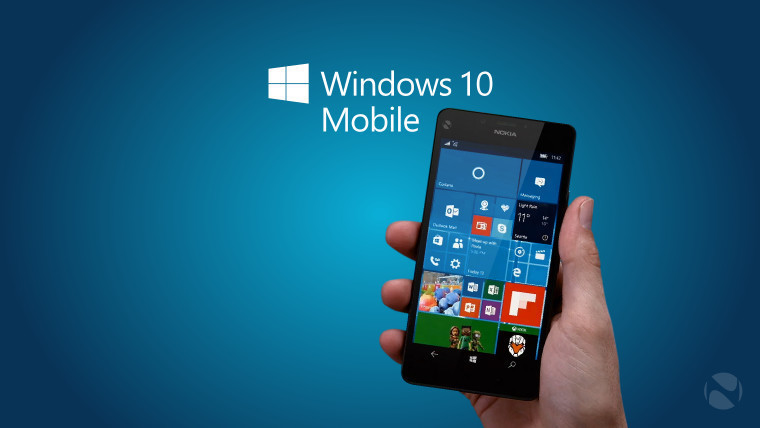
One of the clear stories this week was around the decline of Windows 10 Mobile and its shrinking market share. Not only has the adoption of Windows 10 Mobile slowed, as data from AdDuplex clearly shows, but according to Gartner’s numbers, Windows handsets only accounted for 1.1% of sales during 2015’s holiday season. Luckily the news quickly took a turn for the better for Windows Phone fans with a bunch of interesting leaks and announcements.
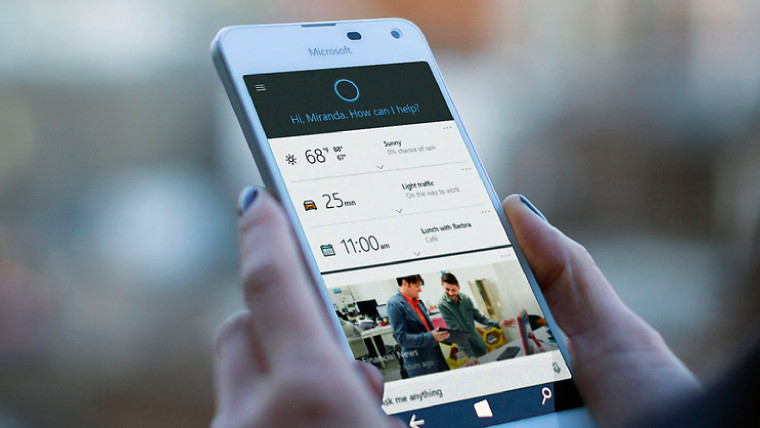
We kicked off the week with the quiet launch announcement of the Lumia 650. The mid-range, so called business-oriented device, had been rumored and leaked for a long time, but now it’s finally official. With its metal body and moderate specs, the $199 device is set to be available in a number of European markets and might even show up in the US via Cricket Wireless at some point in the future.
Of course mid to low-end devices are nothing to get excited over, as the Windows Phone community knows all too well. Luckily, some important announcements and leaks came to our rescue and gave many Microsoft fans something to look forward to. First up, was the rumor that Alcatel is looking to launch a high-end Windows 10 Mobile handset, dubbed the Idol Pro 4. The handset, supposedly Alcatel’s “superphone”, is expected to have a Snapdragon 820 processor and support Continuum.

But if that wasn’t to your taste, only a couple of days later we got our first look at HP’s Windows 10 Mobile project. The Elite x3 as the phone is named, is a beautiful, high-end device from HP with impressive specs. However, the phone is still expected to be squarely aimed at the business and enterprise markets when it’s eventually launched.

And finally on this front, if the Idol and Elite are still not good enough for you, there are strong indications that HTC is also working on a Windows 10 Mobile device. Though little is known about the supposed upcoming phone, HTC has a long history of launching Windows flagship handsets, so fans of the platform may have even more device choices in the upcoming months.

With so much excitement for the future of Windows 10 Mobile, we also considered it was the time for a quick rump through the operating system’s history. After all the launch of Windows Phone 7, the original reboot of Microsoft’s mobile strategy, took place exactly six years ago. We celebrated that anniversary and took a look at where the OS came from and how it ended up in its current state.
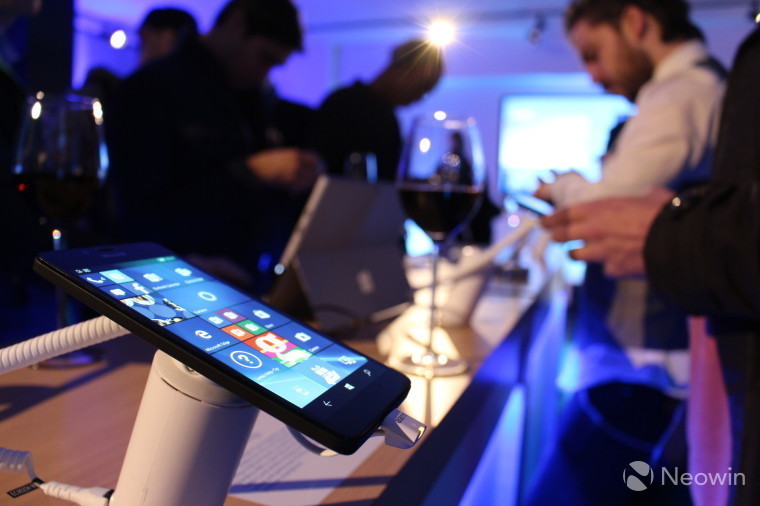
And speaking of the current state of Windows 10 Mobile, there was some extra good news for its users this week. For one thing Microsoft released a new version of the OS publicly, with build 10586.107 heading out to the Production Ring – meaning it’s as good as done. This fixes some of the issues that users had been encountering.

But for those looking for an even bigger leap forward, this week also saw the release of the first Redstone version of Windows 10 Mobile, as build 14267 got shoved out to the Fast Ring. Though it contains a number of new features, the new build is only available on a select number of devices, at least for now.
And if we’re on the subject of Redstone preview builds, insiders got a nice surprise on their PCs this week since a new version of Windows 10 got pushed to the Fast Ring. This latest build, 14267, is the first one to bring new features to the OS, albeit they’re mainly small improvements to Edge. If this sounds really appealing to you but haven’t joined the insider program just yet, there’s some extra good news: you can now join even if you’re using the Education SKU of Windows 10.

Moving on to what perhaps is the biggest story of the week, Apple has found itself in hot water with the FBI. The wildly successful company was ordered by a federal court to unlock an iPhone that had belonged to one of the San Bernardino shooters. Apple, in a public statement, denied to collaborate in such a way with the government.
Despite this not being an unusual request on its face, with Apple having unlocked numerous devices due to legal warrants before, this time things are actually different. The courts and the FBI are essentially ordering Apple to hack its own customers and its own software and create a backdoor in the operating system or firmware. This could be a very dangerous precedent, one that many technology companies are against. Luckily John McAfee, the eccentric founder of the antivirus company, has stepped in claiming he can help the FBI and Apple can go on protecting its users’ privacy.

In much less legally significant iPhone news, though this probably currently affects more people, Apple has finally acknowledged the “1970” iPhone bug that could be triggered when a device was set to a specific date. The company said it was working on a fix for the problem and that until then, affected users should contact customer support.

This week we also got more info on Samsung’s upcoming Galaxy s7 and Galaxy s7 edge devices, the ones that have been leaked so many times now. In what was probably the last tidbit of info we didn’t already have, the prices of the upcoming flagships, for all variants, have been leaked.

And just in case you want to check out one more time what your money can buy, we also got to see a promotional video of the Galaxy S7 edge. We’re bound to find out even more, if there’s anything left to find out that is, as we’re kicking off Mobile World Congress in Barcelona next week.

And speaking of MWC, it looks like we’re bound to see more than just mobile devices at the conference. An invitation for their MWC event from Huawei clearly showed a 2-in-1 device with a detachable tablet and a stylus. The whole thing is reminiscent of other detachables including Microsoft’s Surface Book, which is now available in more markets around the world.
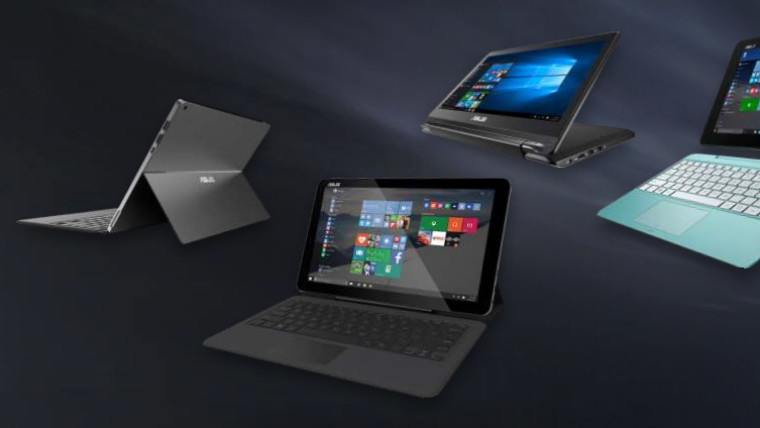
And Huawei seems to be in good company in this category, as Asus is expected to launch a sort of Surface 2-in-1 clone, that comes with a detachable screen with a kickstand and a full fledged keyboard. Of course, the PC industry is trying to innovate because it’s suffering right now and companies are struggling to compete. To that end Vaio, Toshiba and Fujitsu will be merging to create a competitive Japanese PC giant.
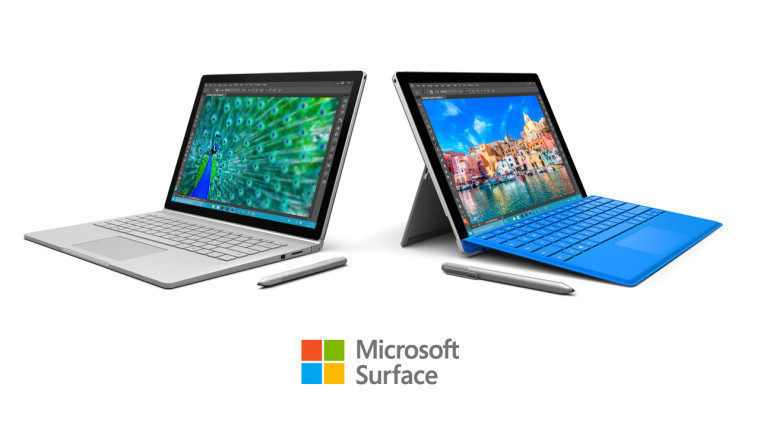
But coming back to Microsoft’s Surface for a bit, this was a good week for the device. First off, the Surface tablet got certified for use inside of the US’s Department of Defense, a huge government branch with millions of devices. This could prove very lucrative for the Surface division. But not only is the DoD looking at Microsoft devices, it also plans to upgrade four million of its machines to Windows 10 this year. The DoD has been a loyal Microsoft customer for many years now and the government branch is citing security as one of the top reasons for this quick migration to Windows 10.
As for the Surface itself, owners are getting a very long awaited firmware upgrade this week that should finally, once and for all, fix the issues with Sleep that Surface tablet and the Surface Book have been having.

In other Microsoft news, the company has launched new updates for the Xbox One and Xbox Windows 10 app that should’ve hit most devices by now. Both of these bring new features and improvements based on customer feedback.

Microsoft also unveiled the newest version of its wireless display adapter that allows users to connect Miracast-enabled devices to big screens wherever they are. The new adapter improves on its predecessor’s design and performance and is even cheaper, coming in at $49.95.

In taking a page from Google’s book, Outlook.com is finally out of beta and the site’s new design is supposedly going out to users. Outlook.com had been in a prolonged beta state just like Gmail but that’s officially over now. That being said the site’s new design is still rarely seen in the wild.

The Microsoft Band 2 got new features this week through a software update, and these include options for better social sharing as well as new features for golf enthusiasts. The Health app that works with the band is available on all platforms including iOS and Android.
Skype is another cross-platform app from Microsoft and this week new features rolled out to iOS and Android users. They can now enjoy group video calling straight on their handsets, a feature bound to come in handy.

Finally, Microsoft got a new patent this week, one that points to the company’s work on styluses. The patent grants Microsoft the rights to a special kind of stylus that can detect color and texture in the real world and then recreate in on the digital screen. This type of device sounds like the perfect companion to Plumbago, a new note-taking app from Microsoft Garage that’s focused on handwriting and drawing, which also came out this week.
In terms of scientific and future technology news, there were some important breakthroughs announced these past seven days. One of them allows manufacturers to build straight lenses thus enabling even thinner smartphones and devices. Meanwhile, the other breakthrough is the development of a 5D storage medium, based on crystals, which could retain data for billions of years, outlasting humans and the solar system. It looks like all the Sci-Fi shows had it right, and crystals really are the way to go.

Finally, we round up this week’s review with Alex Kipman’s fascinating TED talk. The leader of the HoloLens project, and previously working on Kinect, Kipman’s talk addresses the future of the technology, its capabilities and how the world might change when a generation of people grows up with these new capabilities. The talk also features awesome VR/AR demos so be sure to check it out.
The week ahead
This upcoming week is bound to be full of handset and mobile news as Mobile World Congress kicks off in Barcelona. You can follow the whole story stream by clicking on that link. Our esteemed boss Andy Weir will be at the event doing hands on posts and keeping us up to date on all of the announcements.
Meanwhile, back in the salt mines office, we’re expecting new devices to be unveiled like the 2-in-1s mentioned above, as well as new insider builds to head out to testers.
Later in the week, on February 25th, Microsoft will be holding an event seemingly focused on gaming and the future of its platforms and technologies from this point of view. We’ll be keeping a close eye on that and bring you all the news and excitement from that event.
Finally, the whole saga between Apple and the FBI is expected to continue, not only this following week but for a long time. The debate between the government, the public and companies with regards to privacy and security is a very important one to have and it will no doubt set a very important precedent.
Along with the usual mix of official news, juicy rumors, and intriguing insights, it should be another exciting week!
















